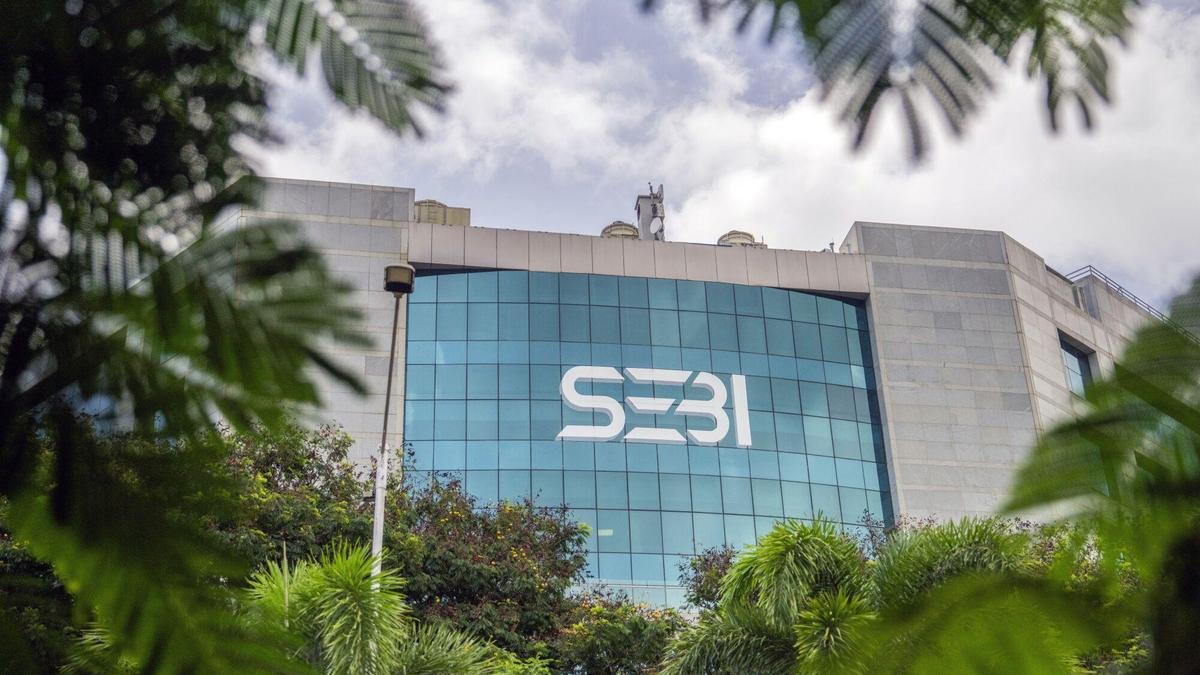
SEBI’s new derivative rules are set to drive a significant rebalancing of Bank Nifty and FinNifty by 2025, targeting a crucial reduction in concentration risk. This proactive move by the Securities and Exchange Board of India aims to ensure a more balanced index representation for overall market stability.
This initiative is vital for investors and traders, promising improved transparency and lessened systemic risk by mitigating the impact of over-reliance on dominant stocks within these widely followed indices.
Rebalancing is slated for Bankex and Fin Nifty by December 31, 2025, with Bank Nifty adjustments by March 31, 2026, reflecting market dynamics.
This analysis delves into the implications.
Expert Market Analysis
The Securities and Exchange Board of India (SEBI) has introduced significant new directives for derivative contract rebalancing across prominent indices such as Bank Nifty, Bankex, and Fin Nifty, aiming to proactively curb index concentration risk. These regulatory changes, effective by 2025, mandate a minimum of 14 constituents for indices, impose a 20 percent cap on the weight of the top constituent, and a collective 45 percent cap for the top three. This structural shift is designed to cultivate a more diversified and representative market landscape, ensuring that benchmarks accurately mirror the underlying economic segments they represent and diminishing potential volatility stemming from the dominance of a few large-cap entities. The phased implementation schedule provides ample time for market participants to adjust their strategies and portfolios, fostering a smoother transition. Historical patterns suggest that such regulatory interventions, while initially disruptive, ultimately lead to more robust market structures, similar to observed trends in other developed economies seeking enhanced stability.
From a fundamental analysis perspective, these regulatory adjustments are poised to elevate the quality and reliability of index data as an indicator of sector performance. By limiting the disproportionate influence of heavyweight stocks, SEBI is actively encouraging broader market participation and minimizing the likelihood of artificial price movements orchestrated by a select group of entities. This strategic regulatory push is anticipated to result in more stable and predictable returns for investment funds and individual investors tracking these derivatives. The iterative process of adjusting constituent weights, redistributing excess weight from top performers to smaller constituents, represents a sophisticated strategy to achieve compliance without triggering sudden market disruptions, ultimately increasing the attractiveness of these derivatives for a wider spectrum of investors seeking diversified exposure. The focus on a 20% cap for the top constituent and a 45% cap for the top three, as per SEBI’s latest directives, is a clear move towards reducing single-stock dependency.
In the broader market context, SEBI’s directives align with global trends focused on enhancing transparency and stability within financial markets. Similar initiatives have been observed in developed economies to ensure that indices remain genuinely representative and less susceptible to manipulation or undue influence. Competitors and other market participants will need to adapt their strategies to align with these forthcoming changes. The impact on Exchange Traded Funds (ETFs) and mutual funds tracking these indices will be substantial, necessitating portfolio adjustments to conform to the new weightings. This strategic move is also expected to stimulate interest in mid-cap and smaller constituent stocks within these indices, potentially leading to improved liquidity and more efficient price discovery for these companies, further enhancing market depth. As per recent industry reports, the trend towards greater diversification in index construction is a global phenomenon.
The expert takeaway from these SEBI-mandated changes highlights both potential opportunities and challenges for all market participants. Retail investors, in particular, should carefully assess how their portfolio allocations might be affected, especially if they hold direct or indirect exposure to these indices through various financial products. The phased adjustment plan for Bank Nifty, notably, provides an opportune window for fund managers to rebalance their Assets Under Management (AUM) in an orderly fashion. While the immediate aftermath may involve some portfolio rebalancing costs, the long-term advantages of reduced concentration risk and enhanced market stability are projected to significantly outweigh these initial expenditures, offering a more robust investment environment. Investors are advised to consult with financial advisors to navigate these upcoming changes effectively.
Related Topics:
SEBI, Bank Nifty, Fin Nifty, Derivative Rebalancing 2025, Index Concentration Risk, NSE India, Financial Regulations 2025, Nifty Bank Index, Market Stability, Bankex Analysis


